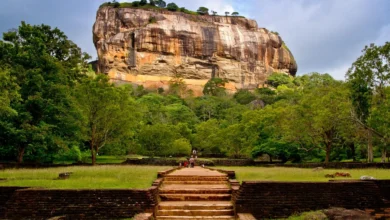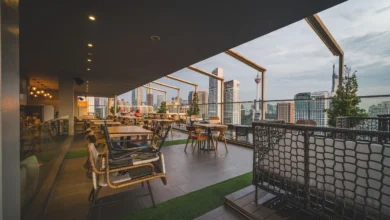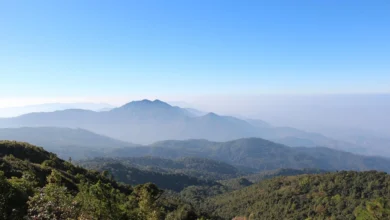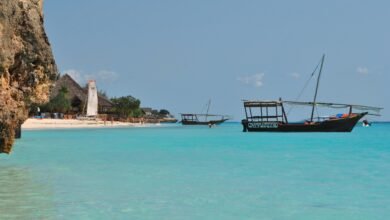Amazing 7 Travel Destinations You Can’t Miss in Cuba
Amazing 7 Travel Destinations You Can't Miss in Cuba
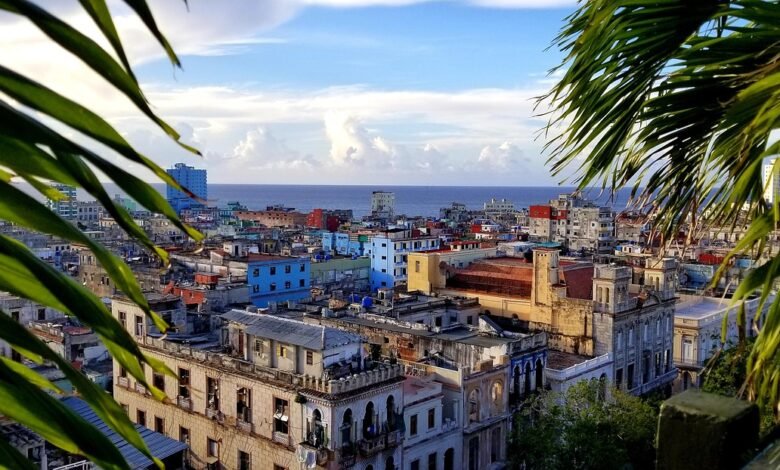
Cuba is one of the most exciting and colorful travel destinations in the Caribbean. From historic cities to white sandy beaches, the island offers a unique mix of culture, music, and natural beauty. Whether you’re exploring colonial streets, relaxing by the ocean, or hiking through green valleys, Cuba has something for everyone. This guide highlights seven of the best places to visit in Cuba, each offering a special experience for travelers. With friendly locals, tasty food, and rich traditions, Cuba welcomes you with open arms. Get ready to discover the most beautiful and unforgettable destinations across this vibrant island.
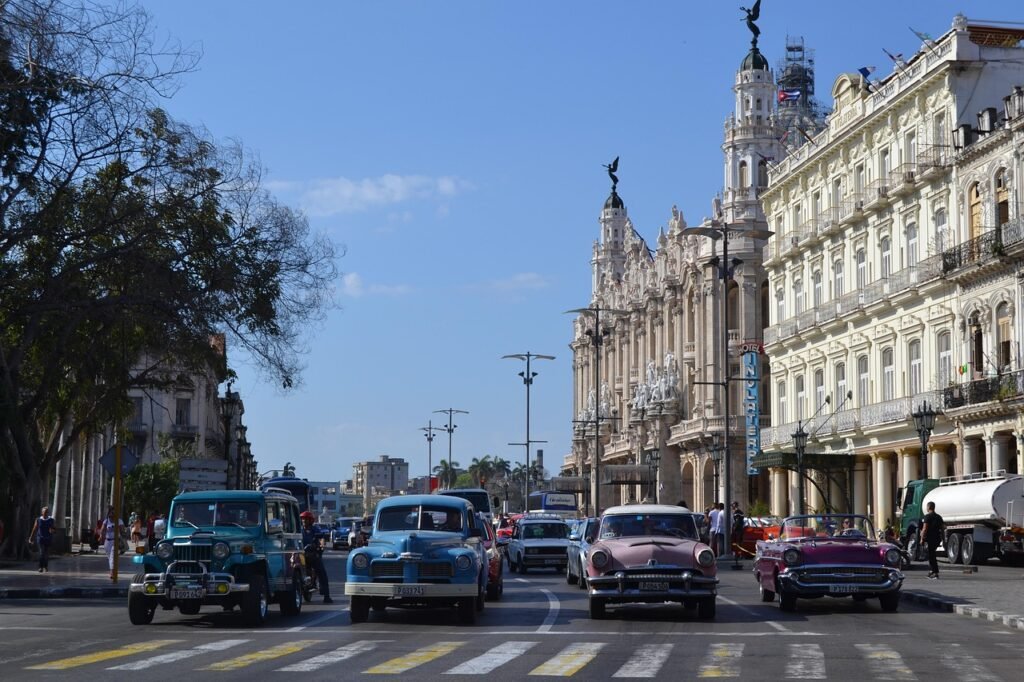
1. Why Should You Visit Havana?
Travelers choose Havana for its energy, history, and beauty. The capital city greets visitors with colorful buildings, live music, and smiling faces. Locals drive classic American cars, and every street tells a story.
In Old Havana (Habana Vieja), you can walk through cobblestone streets and visit Plaza Vieja, Plaza de Armas, and colonial churches. At the Museum of the Revolution, you can learn about Cuba’s past. Along El Malecón, people gather to chat, fish, and enjoy sunsets by the sea.
You can dance at Fábrica de Arte Cubano or sip mojitos at a rooftop bar. In Havana, food, art, and music fill your day from morning to night.
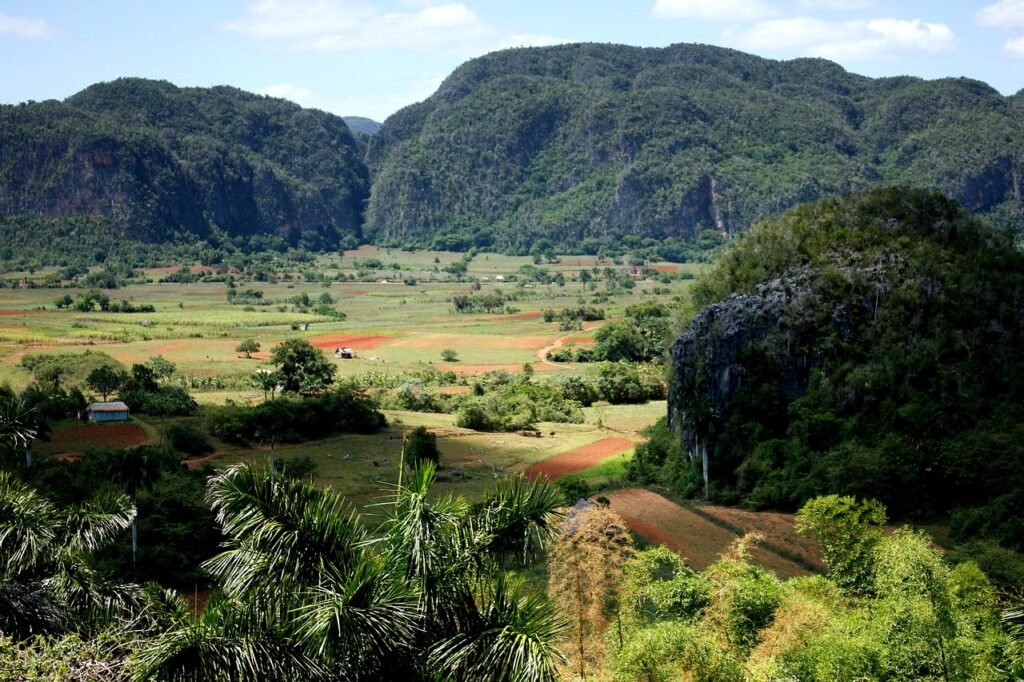
2. What Makes Viñales Valley Special?
Nature lovers visit Viñales Valley for its peaceful views and fresh air. Green hills, tobacco farms, and limestone mountains create a beautiful setting. You can walk, bike, or ride horses through the valley.
Tobacco farmers welcome you to their homes. They show you how they grow, dry, and roll Cuba’s famous cigars. You can ride a boat inside Cueva del Indio, a cave with an underground river.
In Viñales, locals serve home-cooked meals in friendly guesthouses. Birds sing in the trees, and sunsets color the sky. This valley offers rest, beauty, and a deep look at Cuban rural life.
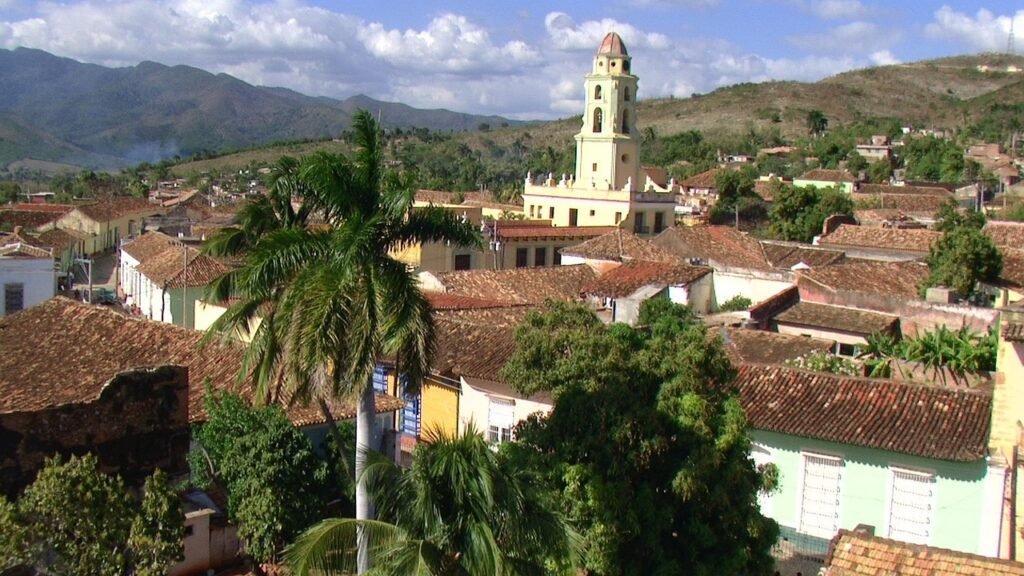
3. What’s Special About Trinidad, Cuba?
Travelers love Trinidad for its old charm and friendly feel. In this town, cobbled streets, colorful houses, and horse-drawn carts create a postcard scene. Locals greet you with a smile, and music fills the air.
In the Plaza Mayor, museums and churches tell stories of colonial life. At the Romantic Museum, you can see antiques from Cuba’s past. Artists paint on the street and sell handmade crafts.
Just a short drive away, you can relax at Playa Ancón, one of Cuba’s nicest beaches. Or you can explore Topes de Collantes, a nearby park with waterfalls and trails.
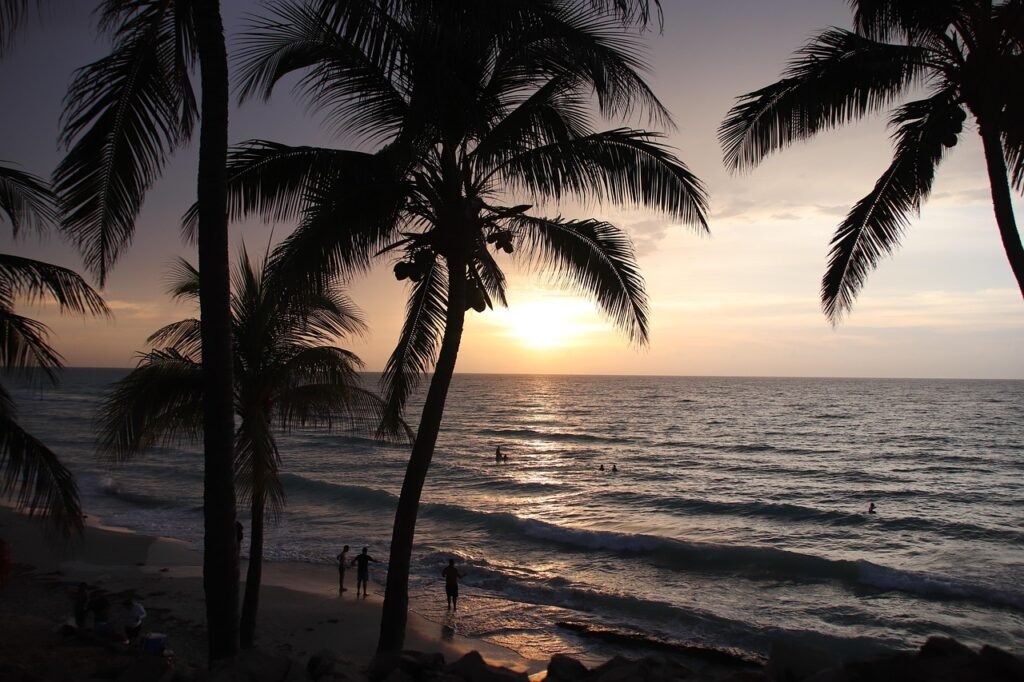
4. Why Do Tourists Love Varadero?
Travelers visit Varadero for its long white beaches and turquoise sea. This beach town stretches along a narrow peninsula, perfect for swimming and sunbathing. Resorts, restaurants, and fun activities line the coast.
You can enjoy paddleboarding, snorkeling, or a catamaran ride. Coral reefs and clear water attract divers from around the world. At Josone Park, people relax near lakes and gardens. Musicians often play live music under palm trees.
Boat tours carry visitors to Cayo Blanco, a small island with soft sand and seafood lunches. Whether you want adventure or quiet, Varadero gives you both.
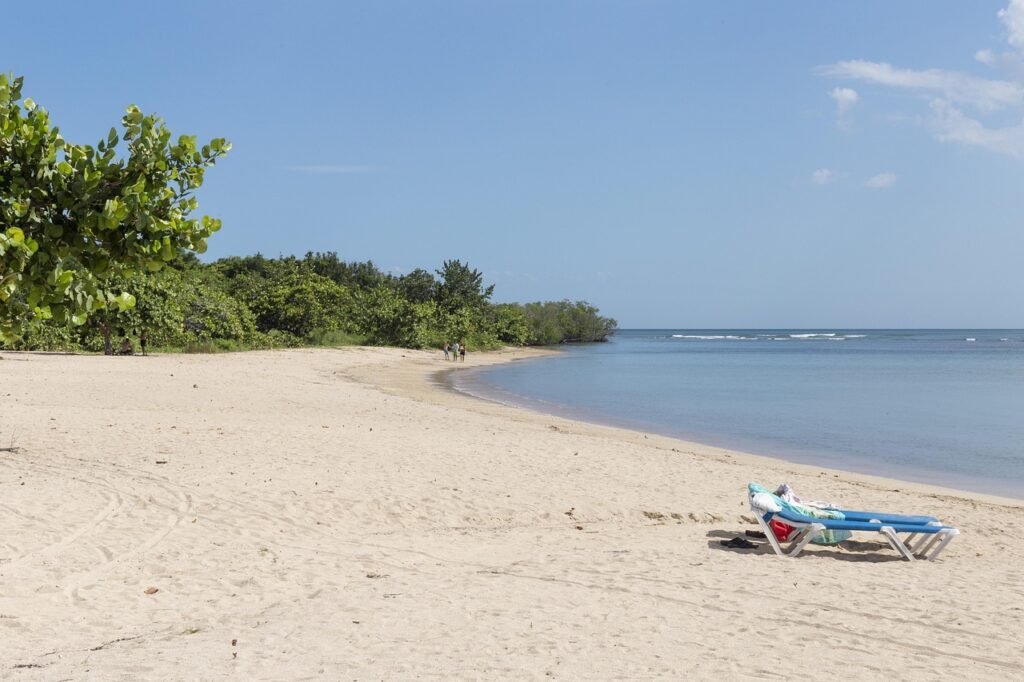
5. Why Is Cienfuegos Called the Pearl of the South?
People call Cienfuegos the “Pearl of the South” for its beauty and charm. This port city shows off French-style buildings and a peaceful waterfront. Wide streets and parks give it a clean, open feel.
In Parque José Martí, you can admire the Tomas Terry Theater and the city’s cathedral. You can walk down Paseo del Prado, the longest boulevard in Cuba, and enjoy views of the bay.
Locals often gather in Punta Gorda, a seaside neighborhood full of breeze and beauty. You can eat fresh seafood, watch the boats, and take in sunset views over the ocean.
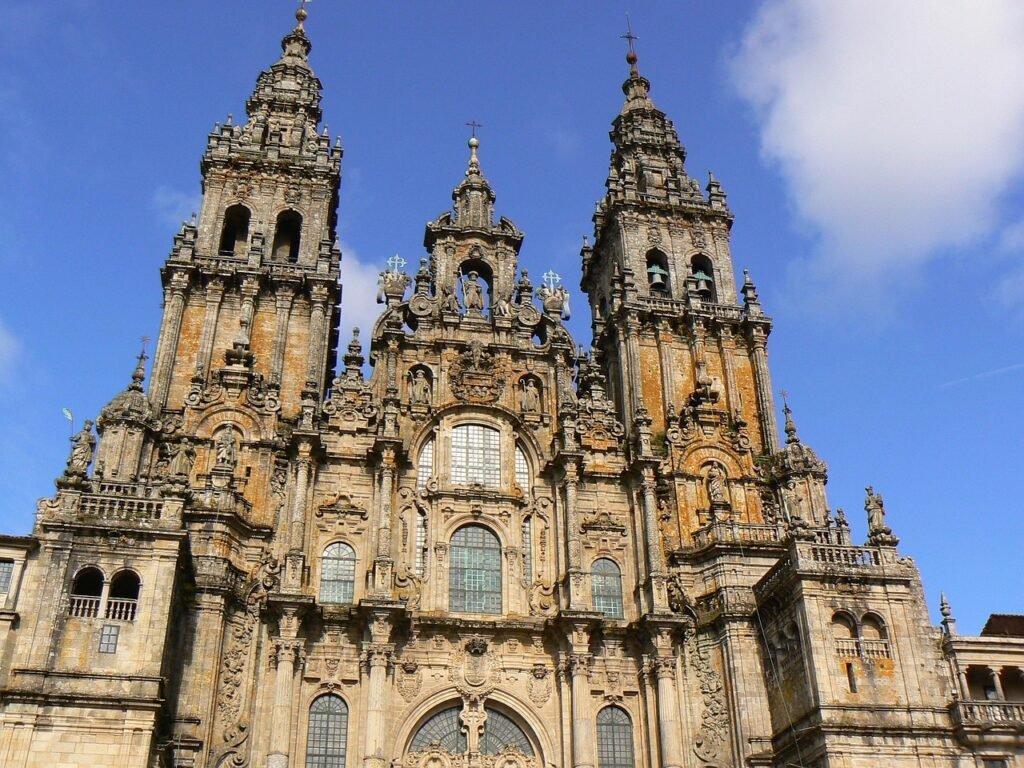
6. What Can You See in Santiago de Cuba?
People travel to Santiago de Cuba for its music, festivals, and history. This city plays a big part in Cuban culture. African and Spanish traditions blend here to create bold, colorful celebrations.
You can explore the Castillo del Morro, a sea-facing fort that guards the coast. At Cementerio de Santa Ifigenia, visitors honor Cuba’s national heroes, including José Martí and Fidel Castro.
In July, Carnival of Santiago fills the streets with dancers and drums. Locals play rumba, son, and salsa on street corners. Visit Moncada Barracks to learn how Cuba’s revolution began in this very city.
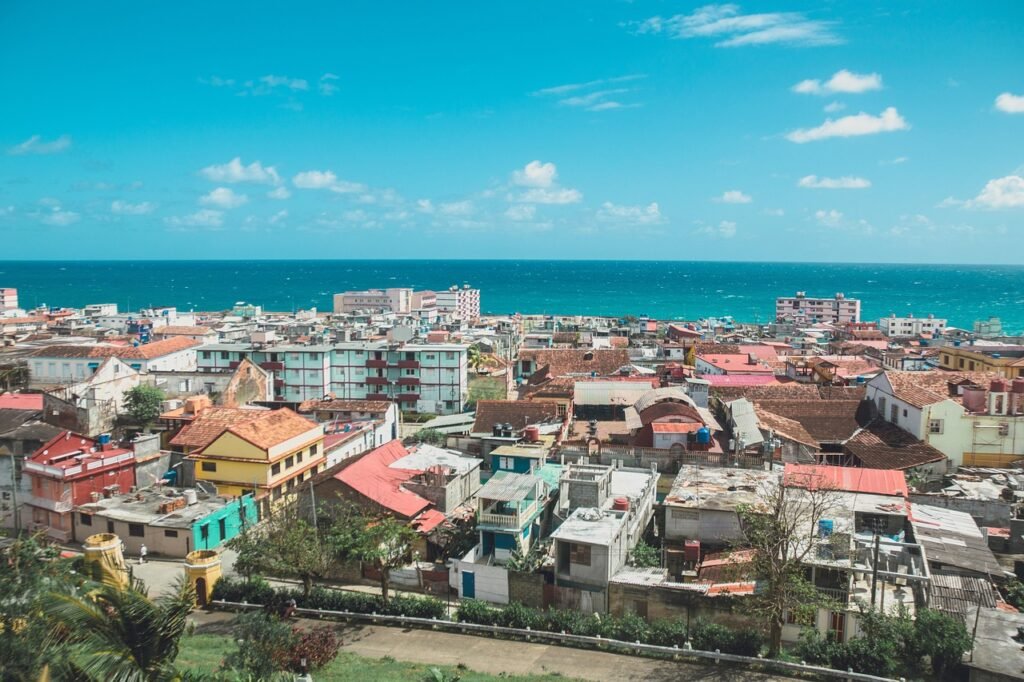
7. What Makes Baracoa a Hidden Gem?
Travelers who visit Baracoa often call it their favorite spot in Cuba. This city hides in the far east, surrounded by rivers, mountains, and rainforest. It offers peace, natural beauty, and a warm welcome.
Locals cook unique dishes with coconut, seafood, and local fruits. Many farms grow cacao, and you can taste fresh chocolate made right on site. In town, small shops and squares invite slow walks and simple joys.
You can hike up El Yunque, a flat mountain that rises near the coast. Or explore Humboldt National Park, a UNESCO-listed treasure with rare plants and birds. Baracoa feels like a secret you’re lucky to find.
Conclusion
Cuba invites travelers to explore its many sides—city life, beach calm, mountain trails, and history. Havana charms with its streets, Varadero soothes with waves, and Baracoa surprises with nature. You can dance in Santiago, rest in Viñales, or stroll in Cienfuegos. Cuba welcomes all who seek beauty and warmth.
FAQs
1.What type of money should I use in Cuba?
Use Cuban Pesos (CUP) while in Cuba. Many places now accept cards, but carrying cash helps, especially in small towns or local markets.
2.Can I use the internet easily in Cuba?
Internet exists in Cuba, but it works slowly in many places. You can buy Wi-Fi cards and connect at parks, hotels, and hotspots across the cities.
3.What should I pack for a trip to Cuba?
Pack light clothes, sunblock, walking shoes, a hat, and bug spray. Don’t forget to bring any medicine you need, as pharmacies may not have all items.

